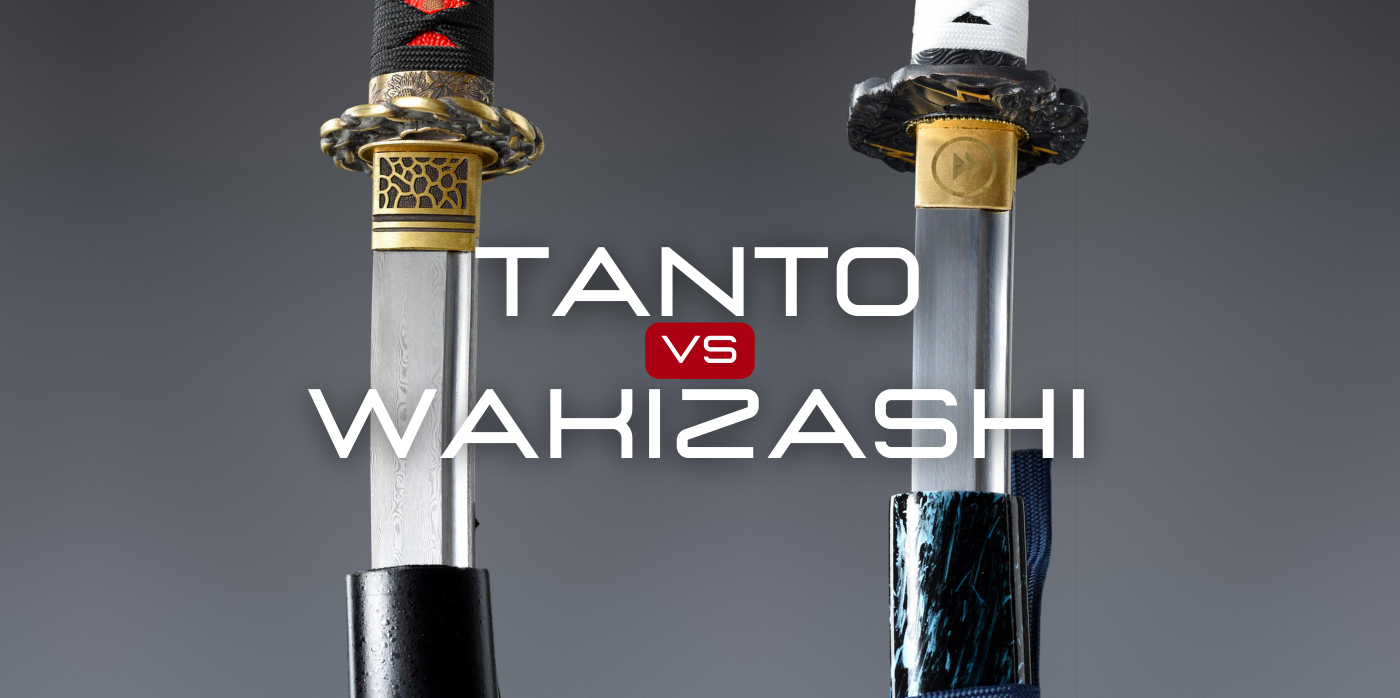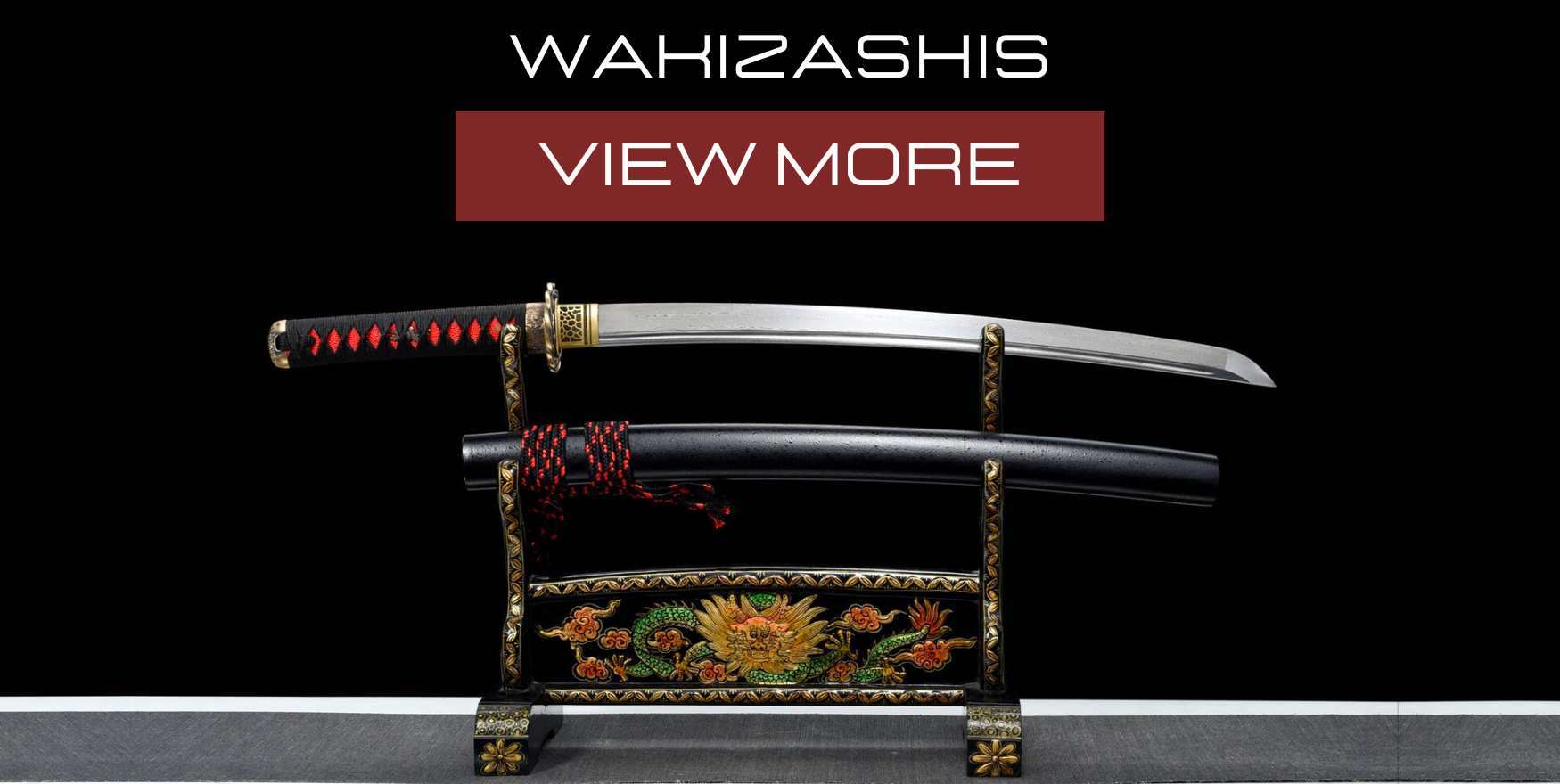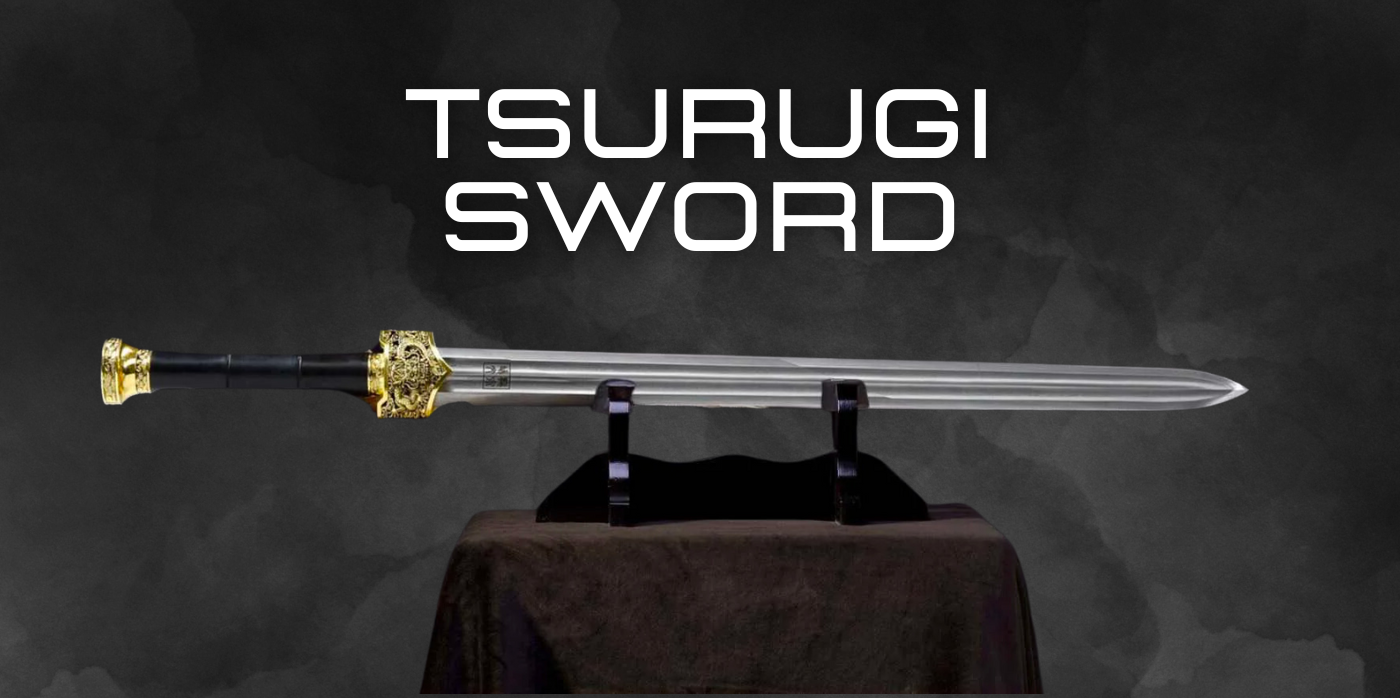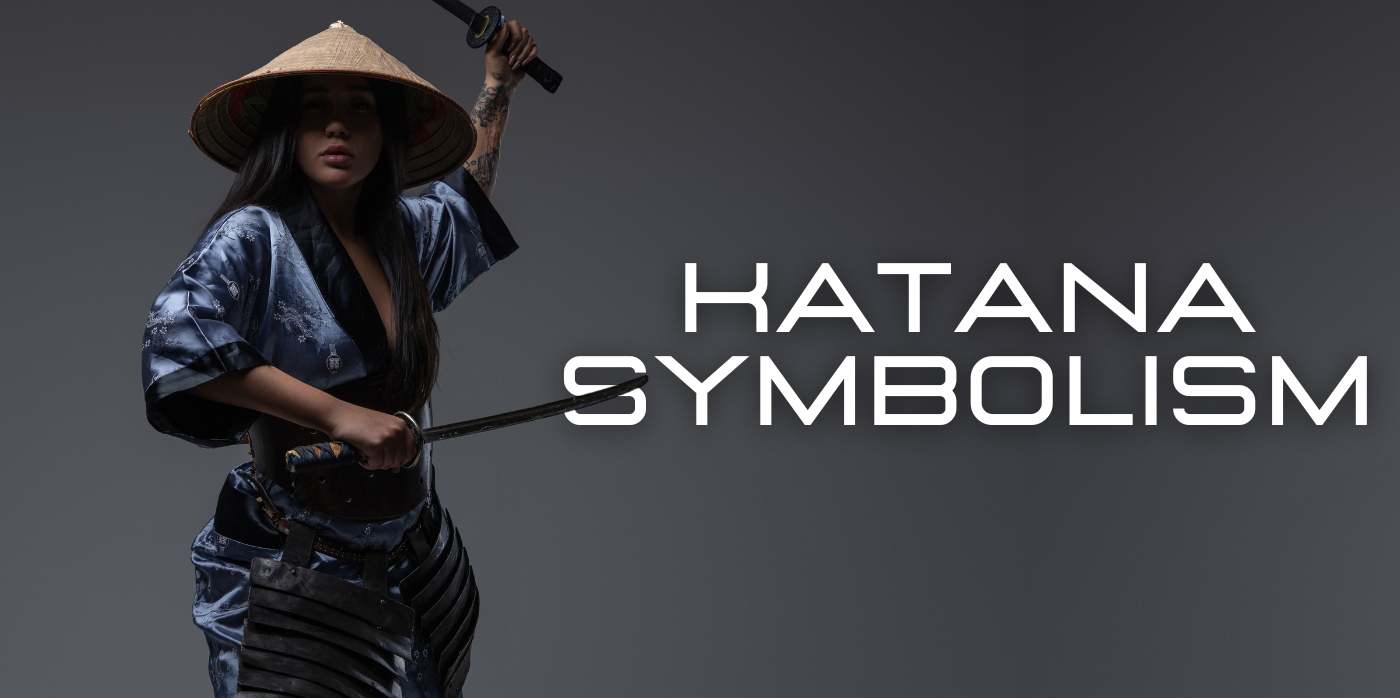When diving into the world of traditional Japanese blades, two names often emerge at the forefront of shorter sword discussions: wakizashi and tanto. Both the wakizashi and tanto are iconic elements of Japanese weaponry, celebrated for their intricate design and storied pasts. While they might appear similar to the untrained eye, they boast distinct characteristics, purposes, and histories. In this piece, we'll delve into the nuanced differences between these two revered blades, shedding light for collectors and aficionados.
Tanto Vs Wakizashi Differences
Wakizashi: The Honorable Sidekick
The wakizashi, often dubbed the "side inserted sword," played a vital role in the arsenal of the samurai. Typically measuring between 11.81 to 23.62" (30 to 60 cm), the wakizashi served as a secondary sword, accompanying the more renowned katana. Its versatile size made it ideal for indoor combat and allowed samurai to display their status and honor, especially during ceremonial events.
Tanto: The Graceful Dagger
Emerging prominently during the Heian period, the tanto is essentially a dagger, with a blade length often less than 11.81" (30 cm). Crafted primarily for stabbing, the tanto was embraced not just by samurai, but also by civilians, particularly women, as a weapon of self-defense and an emblem of honor.

Wakizashi Vs Tanto Design
Wakizashi: This blade usually possesses a slightly curved design, resembling a scaled-down katana. Its construction allows for swift and precise cuts, making it a formidable weapon in close combat scenarios.
Tanto: Unlike the curved wakizashi, tanto blades can be straight or slightly curved. They are honed to a razor-sharp point, optimized for thrusting actions. Their craftsmanship often features intricate designs, with some tantos bearing artistic engravings and embellishments.
Wakizashi Vs Tanto Functional Differences
Wakizashi swords were often employed in tandem with the katana in the traditional samurai daisho pairing, allowing warriors versatility in combat. Its design facilitates cutting, making it effective against opponents both in open fields and confined spaces.
Tanto, being a dagger, excels in stabbing and piercing actions. Its compact size means it can be concealed easily and drawn rapidly, offering a tactical advantage in surprise attacks or sudden defense.
Wakizashi Vs Tanto Symbolism
Both the wakizashi and tanto are imbued with deep cultural symbolism. While the wakizashi stood as a symbol of a samurai's honor and was a critical component of the ritualistic act of seppuku, the tanto often symbolized protection, with many women of the samurai class receiving it as part of their dowry.
Wakizashi vs Tanto: Which is the best
Comparing the wakizashi to the tanto isn't a matter of declaring one universally superior. Instead, it's about understanding their unique characteristics and determining which blade aligns more closely with specific needs or personal tastes. Let's dive into the nuances that set these two iconic weapons apart:
Wakizashi:
- Length: Generally between 30 to 60 cm (12 to 24 inches), it is notably longer than the tanto.
- Usage: Historically part of the samurai's daisho, the paired long and short swords (with the katana being the long one), the wakizashi was used in close combat scenarios, indoors, or as a backup to the main katana. It was also employed in the ritual of seppuku.
- Design: The wakizashi is almost like a shorter version of the katana, bearing a similar curve and blade aesthetic.
- Symbolism: Represents the samurai's honor. Its presence with the katana symbolized the social power and personal honor of the samurai.
Tanto:
- Length: Typically under 30 cm (12 inches), it's a compact knife or dagger.
- Usage: Mainly designed for stabbing, the tanto is often used for self-defense. Its shorter blade allows for quick, precise thrusts.
- Design: Can be straight or slightly curved. The tanto might have intricate designs, making it a popular decorative piece.
- Symbolism: Often considered a symbol of protection. In historical contexts, it was given to samurai women as part of their dowry to be used for protection, or even in ritualistic defense (like defending one's honor).
So, which is better?
- For Combat: The wakizashi offers more versatility due to its longer length, suitable for both slashing and stabbing.
- For Self-defense: The tanto, with its compact size, is more easily concealed and can be swiftly deployed.
- For Display or Artistic Value: Both can be ornate, but the tanto, in particular, is often seen with intricate designs.
- For Historical Significance: While both have deep historical roots, the wakizashi holds a special place as part of the samurai's daisho, representing their status and honor.
In essence, the choice between wakizashi and tanto depends on the individual's needs and what they value most in a blade.







